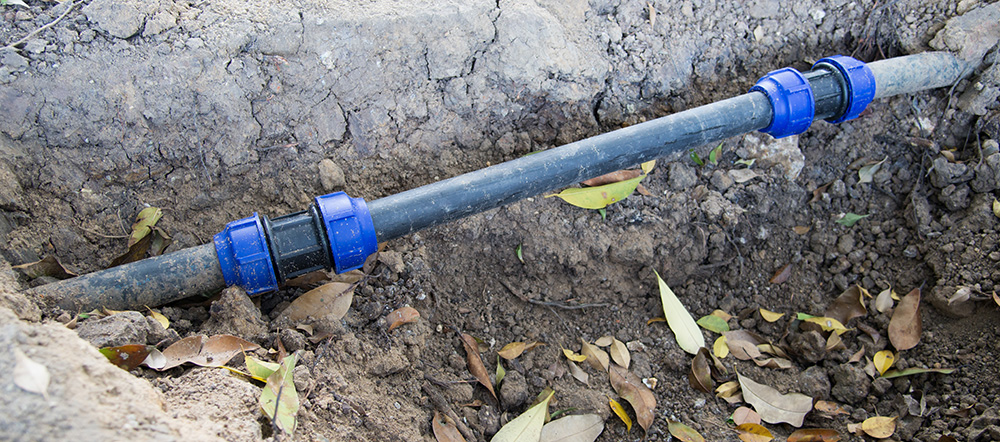The last few decades have brought improvements to the sewer pipe installation, as the use of cast iron or steel pipes has been replaced with PVC, ABS, or copper pipes. Concrete is another pipe that offers durability and longevity, but it is very expensive for a residential application. Sewage pipes have a shelf-life, and in spite of the durability of the materials and the rigor of testing and monitoring with pipe deflection gauges, there are times when piping will need to be replaced. There are several signs that will help you recognize when the sewage pipes on your property need to be looked at.
1. Sewage Smell
If there is a constant odor of sewage around your property, then chances are good that a line has a crack somewhere. A properly working sewage system should be airtight, carrying the sewage downhill. You should never be able to smell sewage.
2. Continual Backup
If the drains in your home are constantly showing signs of sewage backup or there are continual blockages, this is a sign of a cracked pipe along the lines. Tree roots, shifting pipes, or misaligned connections could be causes that sewage to move more slowly through the system, and the blockage backs up into the house.
3. Signs of Mold
If there is a problem in the lines beneath the floor or between the walls, you may start to notice evidence of mold. It could be on the ceilings or floors near the vents, where the moisture is clashing with the air. If a pipe is cracked, it can raise the humidity level to where accelerated mold growth occurs.
Sewage problems can have an effect on the quality of the air in and around your home, as well as the soil of your yard. If your pipes are more than 30 years old, you want to consider having an expert come out and assess the remaining lifespan.







